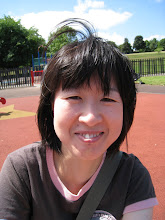Portraits of the L2 User, Multilingual Matters by Vivian Cook (2002)
New Words
-She passes for a scholar.
-The vice-president took power in the interim period before the election.
-Her hearing was found to be slightly defective.
-She’s neither rich nor famous. (=She isn’t either rich or famous.)
-The diet may leave you deficient in calcium.
-You may need to amplify this point.
Main Points
L2 Users and L2 Learners
-L2 users are using English for real-life purposes.
-L2 learners are studying English for later use.
-Many L2 learners are studying a second language as one of the academic subjects at school. They don’t have any purposes for immediate use and future careers.
-‘L2 user refers to a person who knows and uses a second language at any level’.
-‘L2 learner implies that the task of acquisition is never finished’.
Characteristics of L2 uses
-‘L2 users often code-switch from one language to another’.
-L2 users can paraphrase L1 to L2 or vice versa.
-L2 uses are influenced by another language in aspects of phonology, vocabulary, syntax and reading.
-Few L2 users can be regarded as native speakers.
-Bilingual children tend to think more flexibly, have increased language awareness, read more quickly in their L1 and have better communication skills in their L1 than monolingual children.
Interesting points
-Japan is not a monolingual country, to be precise, because there are 900,000 Okinawan speakers and 670,000 Korean speakers in Japan (Ethnologue, 1996).
http://www.sil.org/ethnologue/.
-All Japanese children learn English in the senior secondary school.
Subscribe to:
Post Comments (Atom)

No comments:
Post a Comment